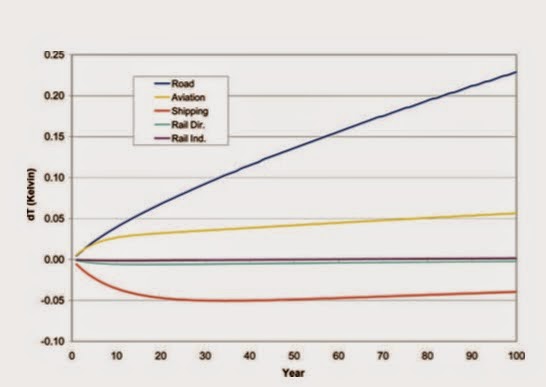Having spent some time looking at emissions relating to aviation and people's perceptions about aviation and climate change, I aim to now investigate what steps are being made to make aviation greener.
In the video I posted in the second blog post, Willie Walsh talks about the responsibility the aviation industry faces to continually innovate and improve its environmental impact. As a slightly different introduction into this, I am posting a video that commercial aircraft manufacturer, Boeing posted on their YouTube channel a couple of months ago.
In the video, they show how they are developing cabin interiors made out of the flax plant, commonly used in the production of cloth as a way of minimising their environmental impact, yet not compromising on performance or safety.
I believe it is a small step in terms of the overall negative impact aircraft emissions have on the atmosphere (I've not even considered anything else but the aircraft flying - the environmental impact of an airport or manufacturing a plane for instance). However it demonstrates well the continuous strive for improvement, and the effort going into the development of more environmentally friendly materials.
It seems there is much self evaluation on what can be made better as the environment is a word so closely tied with aviation in the minds of many people today. Although as has been stressed in the posts looking at peoples perceptions, technological change alone is not sufficient in making reality the ambitious goals set for aviation related emissions reduction.




